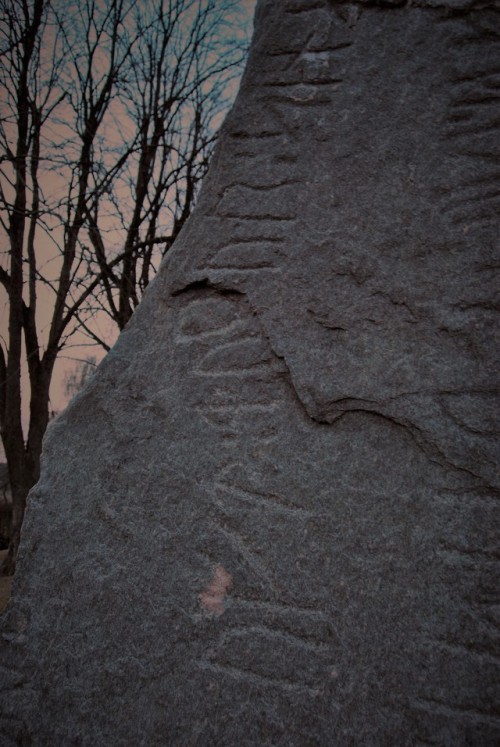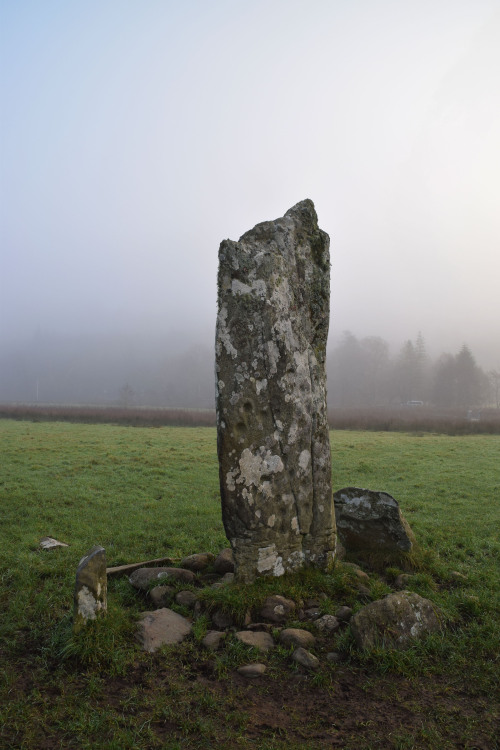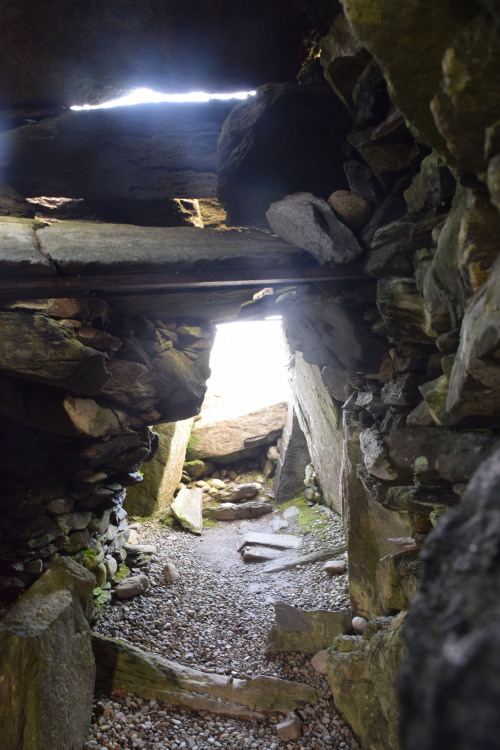#burial chamber

Relic I, Watercolour, Pen and Ink Sketch, April 2020.

‘Liminal’ Poem
Written by The Silicon Tribesman. All Rights Reserved, 2020.

Druid’s Temple Dolmen, Masham, Yorkshire, Pen and Ink Sketch, November 2019.

Y Ffor (Four Crosses) Prehistoric Burial Chamber, North Wales, Pen and Ink Sketch, October 2019.
All rights reserved. Repost only with credits.
The megalithic portal of Cashtal-yn-Ard, Maughold parish, Isle of Man. The ancient burial chamber known as ‘Cashtal-yn-Ard’ stands on the edge of a hill to the northeast of Glen Mona, just to the south of Cornaa in the parish of Maughold, and close to the eastern coastline of the Isle of Man. It is quite a large megalithic structure at 130 feet in length. The name “Cashtal-yn-Ard” is thought to mean “The Castle of the Heights”. Situated on raised land near the coast, the site provides impressive views overlooking most of the parish of Maughold and across the sea to the Lake District. Cashtal-yn-Ard is a large, oblong shaped chambered cairn, of ‘Clyde-Carlingford’ type, dating from the late Neolithic Age – roughly between 1,800-2,000 BC. It covers a large area of 40m (131 ft) long and 14m (46 ft) wide, and it still has its outer kerb stones, horned forecourt, entrance and 5 burial chambers. It is roughly aligned west to east. A semi-circular forecourt of six stones at the western end gives access, through a portal of two large standing stones, to a burial chamber of five compartments, originally slab-roofed. The slabs of these burial chambers are angled inwards and some have jagged edges, but sadly all but one of the roof-slabs have been lost, although this long flat-slab might not be the original one. Here unburnt bones, pottery and flints were found. With its five chambers it’s quite similar in structure to the largely intact Brlas Knap long barrow in Gloucestershire. East of the the burial chambers is a mound of earth and stones reddened and fused by heat, which archaeologists can’t explain. The whole monument, apart from the forecourt, was originally covered by a massive oblong cairn 130 feet long. Some of the large standing stones at the entrance have been re-erected or replaced. However, its large earth or stone mound, has gone – the stones now lost to local walls and farm buildings. The monument is very well-preserved and is said to be one of the largest of its kind in the British Isles. (presso Maughold)
Post link
This is an inscripted runestone from the 10th century Viking age, located in the graveyard of Rimsø church, Denmark. The church itself dates back to 1150, making it one of the oldest churches of Denmark, and underneath it might also hide a former structure from the late Viking age. With its 2,30m of hight, Rimsø runestone is one of the tallest runestones in the country (there are taller ones only on Bornholm), and one of the few stones in Scandinavia erected for a woman. The stone is made of blue granite and inscripted in the Younger Futhark runic alphabeth, a reduced form of only 16 characters of the Elder Futhark, which was in use from the 2nd to the 8th century. Its inscription, partially damaged, states that “Þórir, Einráði’s brother, raised this stone in memory of his mother and … (a mother’s death) is the worst (misfortune) for a son”. Expressing feelings at the end of a runestone inscription is quite unique. Another peculiarity of this stone is that the runic text starts on the narrow side of the stone, unlike most runestones found in Europe, where it usually starts on the larger side. Rimsø runestone also stands out as this is the only runestone in Denmark with the so-called “lønskrift” scripture, where some words, four in this case, must be read in reverse.
The stone stands on a 24m large and 1.5m high tumulus that has never been archaeologically excavated. On the top of the mound, there’s a depression that could reveal the presence of a partially collapsed burial chamber, that might contain the remains of this woman. It’s not sure where the stone was originally located, if on the top of the burial mound or on its foot, and if it was part of the burial mound, but only an archaeological investigation of the complex could shed some light on their possible connection. What we know is that about 100 Danish churches stand on more ancient burial grounds, the most famous of which are in Jelling, where a church has been built between two large burial mounds, the graves of King Gorm and Queen Thyra, whose remains Harald Blåtand later moved to the first Christian church he built in Jelling. Rimsø runestone is mentioned for the first time in 1832. Until 1875 it was walled into the south side of the church near the pedestal, and in 1889 it got its present location on the mound. Until 1814 there was also another smaller runestone, which has now unfortunately disappeared.
Post link


Edderton Cist Cairn, Edderton, Scotland






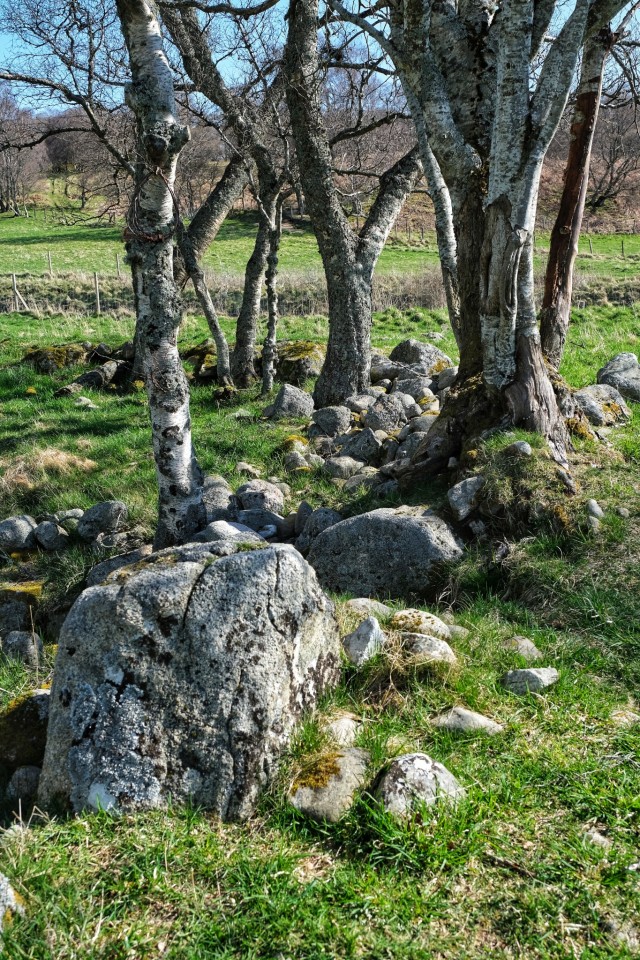

Avielochan Prehistoric Chambered Cairn, nr. Aviemore, The Cairngorms National Park, Scotland








Avielochan Prehistoric Chambered Cairn, nr. Aviemore, The Cairngorms National Park, Scotland



Avielochan Prehistoric Chambered Cairn, nr Aviemore, The Cairngorms, Scotland




Two Prehistoric Burials, 2575 to 2450BCE, Germany, ‘The World Of Stonehenge’ Exhibition, The British Museum.
The first burial is of a young woman holding a baby swaddled in a cloth edged with the teeth of over 50 different dogs.
The second burial is of a warrior who inflicted a serious head injury which had healed. The weapon was likely a battle axe.

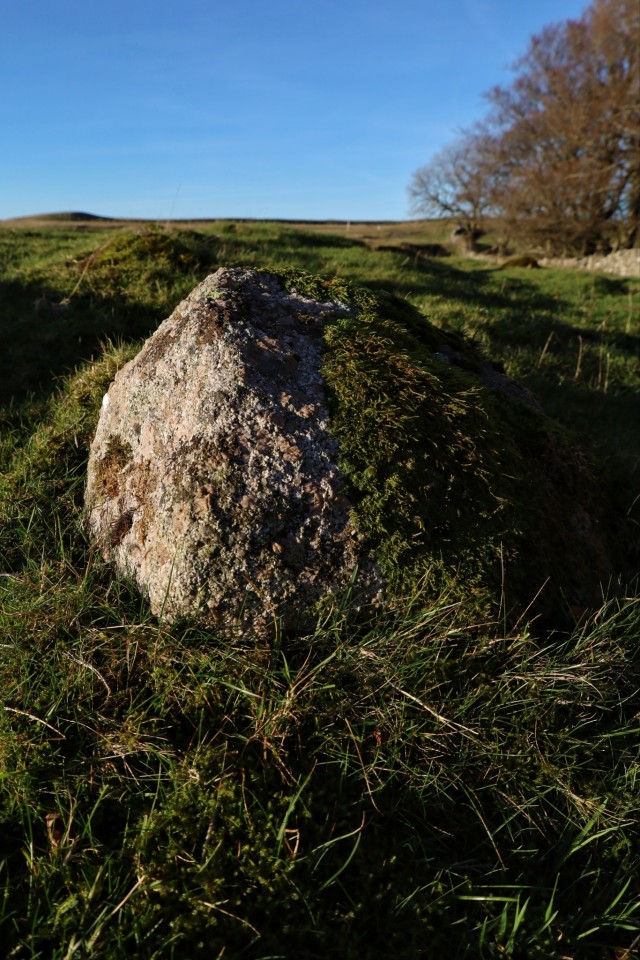


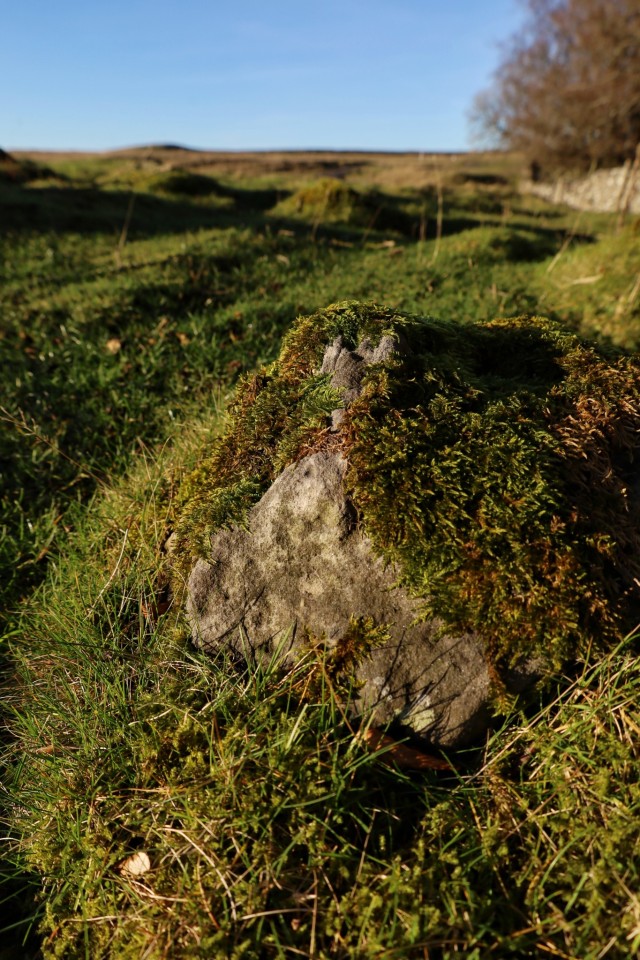




Kalmott Prehistoric Cairn Circle, Oddendale, nr. Shap, Cumbria






Prehistoric Petrospheres Photoset 4, ‘The World Of Stonehenge’ Exhibition, The British Museum
Kilmartin Glen, Argyll
This area has some of, if not, the highest density of Neolithic monuments and sites in all of Scotland. These 3 sites were all concentrated in and around the same field, but there are many more to the South and North.
The first site we visited are the Nether Largie Standing Stones. The form a line and some suggest that they are aligned with the path of the moon across the sky and may track the lunar cycle. Alternatively, the may be aligned with the sun. Either way, both sun and moon would have been important to Neolithic farmers to grow as many crops as possible. The largest of the Standing Stones also has 23 ‘cupmarks’, semi-circular indentations, which are quite commonly found around Scotland, but are typically associated with Pictish art on the East Coast. Perhaps this reflects who lived here before the Scots tribes came over from Ireland in the Iron Age and settled the West Coast of Scotland, eventually conquering all of it.
A few minutes walk and you arrive at Temple Wood Stone Circle, which is Neolithic, likely from 3000 BC, but people kept using the site and built chambered tombs here well into the Bronze Age, or around 1000 BC. There are two burial cairns, both collapsed, but the smaller one had some burial offerings in it (see the photo below). A clay pot, bone arrowheads and a scraper for funeral rites. Those items can be seen in Kelvingrove Art Gallery and Museum (also check out this video, where I visit Kelvingrove).

The last site we visited was a chambered burial cairn known as Nether Largie South Cairn. This one is well preserved and you can look inside (or climb if you aren’t afraid of disturbing the spirits ;)). It was especially interesting to see this from the air. There is also a small, box-sized shallow pit right next to the large cairn. This is probably the oldest monument in the glen, about 5000 years old, but it also would have been used for longer than that as a sacred site.
You can find my Youtube Vlog here of me visiting these sites.
Post link





